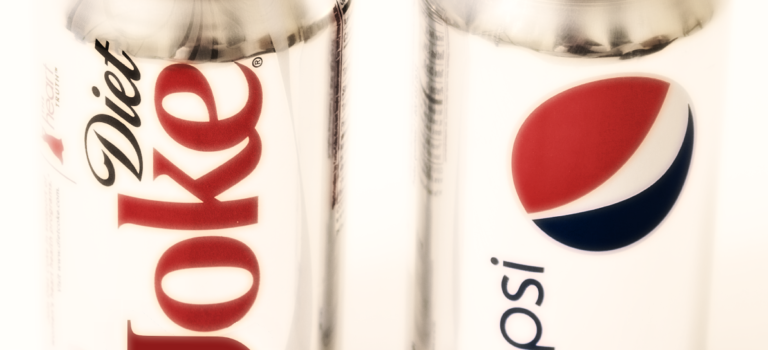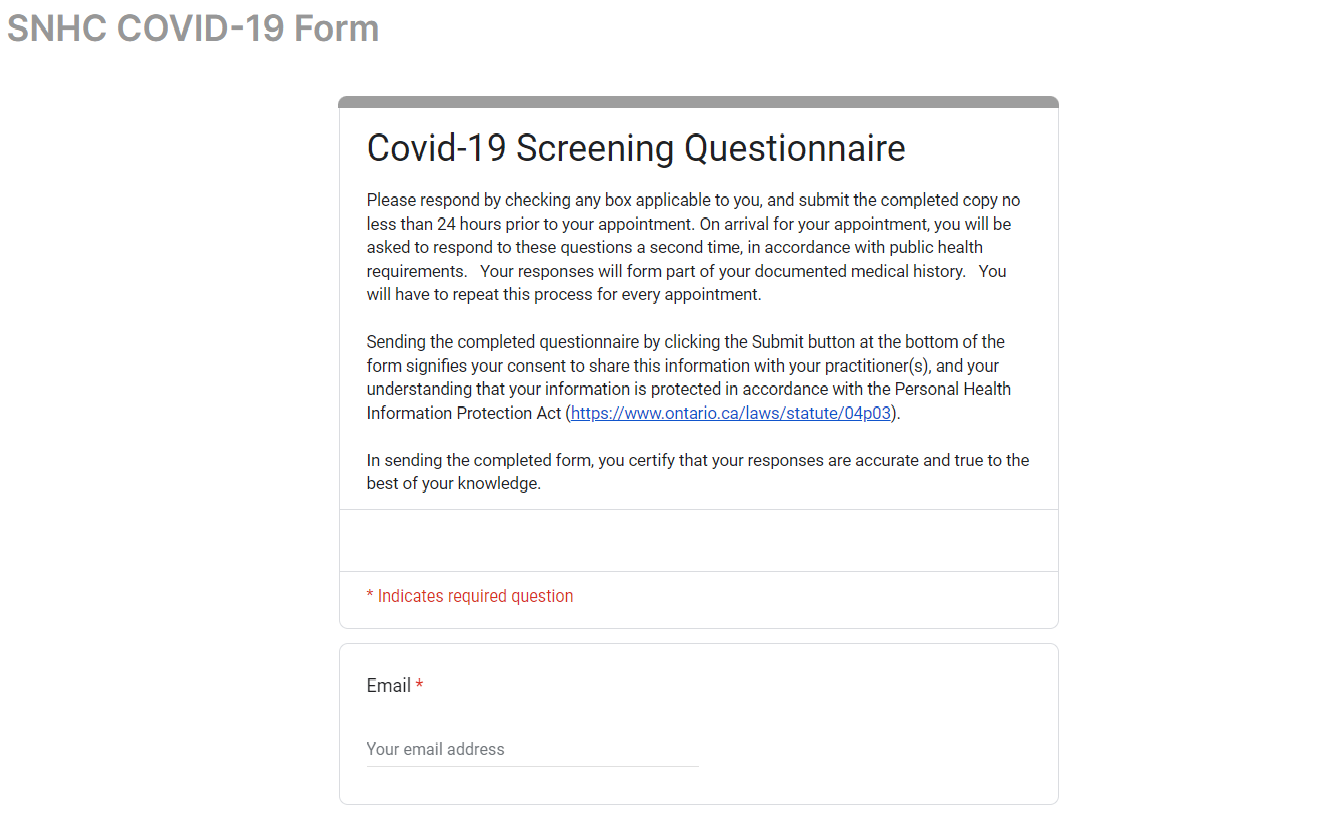
Concern about the possible health effects of GMOs has been highlighted in the news media.
It turns out that October has been designated Non-GMO month, in an effort to draw attention to the risks associated with their use.
A GMO is any plant, animal or microbe that has been altered through genetic engineering. Our efforts to genetically engineer began with the domestication of plants and animals, and subsequent cross-breeding and hybridization. In the early 1970s, Herbert Boyer and Stanley Cohen were successful in conducting the first direct transfer of DNA from one organism to another. The technology was rapidly adopted in the agriculture industry as a means of creating plants, animals and food crops that produced abundantly and were resistant to diseases and herbicides.
From the outset, modern genetic engineering has been the subject of controversy. With respect to its impact on food, the main concerns relate to the long term safety of consuming genetically modified foods.
In the United States, some crops are dominated by the GMO varieties:
- canola (87%)
- corn (86%)
- cotton/cottonseed oil (93%)
- Hawaiian papaya (80%)
- soybean (93%)
- sugar beets (95%)
Wheat is also a common GMO crop but it’s not clear how widespread the use of the modified variety is.
There are a number of potential health concerns related to GMO consumption but two high-profile ones are allergenicity and toxin exposure. Research has not succeeded in clarifying any of the health-related concerns. Some GMO products have lower levels of known allergens, but new allergens emerge over time as the exposure of a population to the product continues. Toxin exposures exist with both GMO and non-GMO foods.
Opponents have focused on labeling products containing GMOs as the means to enabling the public to make their own choices and potentially vote with their wallets.
The bottom line? No one can say with certainty what, if any, health risks are associated with the consumption of GMO foods. That being the case, it seems to me that unequivocal biotechnology labeling regulations, such as those found in Europe, Australia, New Zealand, China and India, are a reasonable and prudent requirement.














